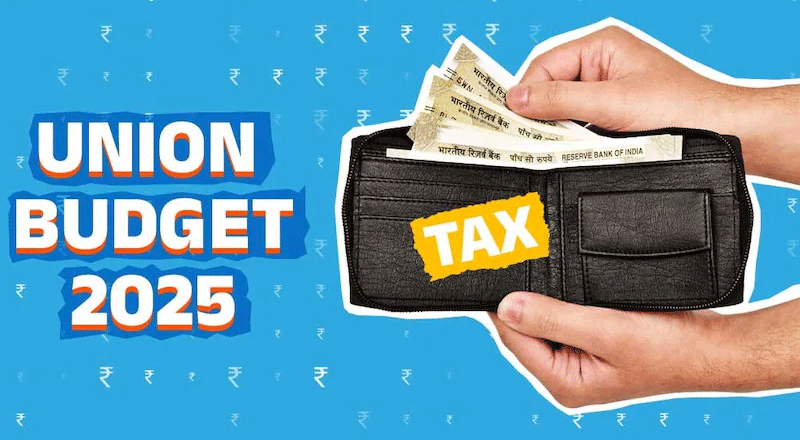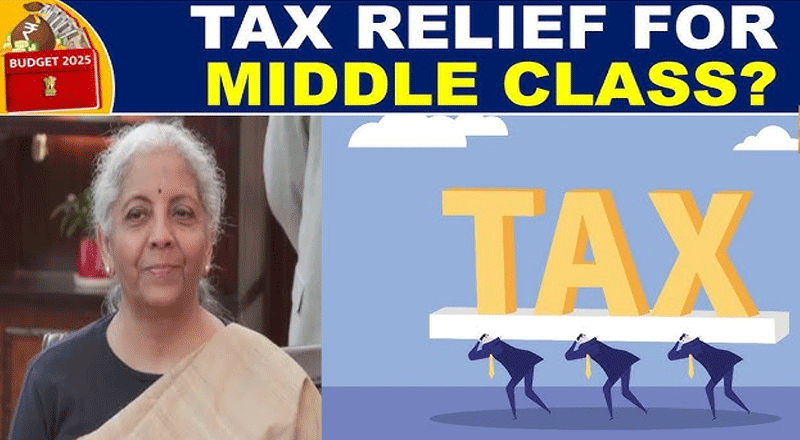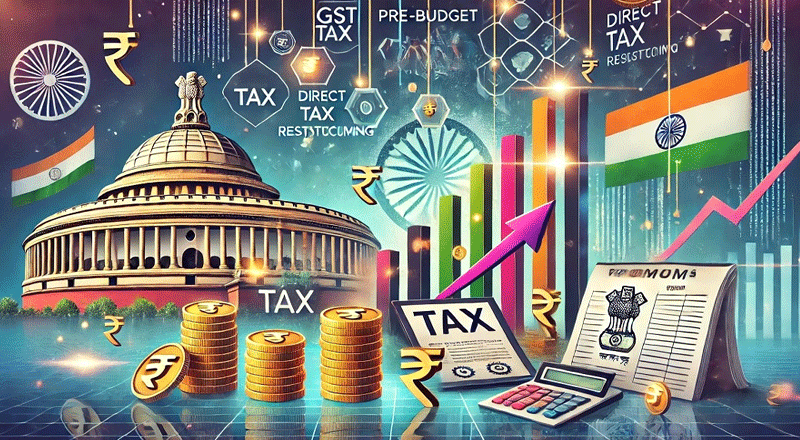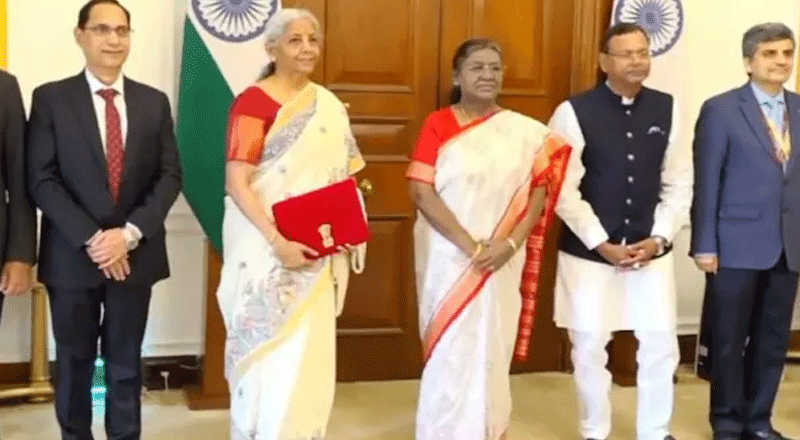Finance Minister Nirmala Sitharaman unveiled the Modi 3.0 government’s first full-year budget in Parliament, bringing a significant shift in India’s tax landscape. The highlight? No income tax for individuals earning up to Rs 12 lakh per annum. This landmark reform is expected to bolster disposable income, spur consumption, and enhance voluntary tax compliance. While hailed as a relief for the middle class, the budget also aims to push India’s self-reliance in agriculture, particularly in pulse production. However, the opposition remains critical, questioning the broader economic impact.
A Simpler and Fairer Tax System
The revised tax regime seeks to simplify tax compliance while ensuring fairness in the system. Vivek Agarwal, Global Policy Expert at the Tony Blair Institute for Global Change, emphasized that clarity in taxation boosts trust and voluntary compliance. The new tax slabs offer a progressive structure:
- 0-4 lakh rupees – Nil tax
- 4-8 lakh rupees – 5% tax
- 8-12 lakh rupees – 10% tax
- 12-16 lakh rupees – 15% tax
- 16-20 lakh rupees – 20% tax
- 20-24 lakh rupees – 25% tax
- Above 24 lakh rupees – 30% tax
For salaried taxpayers, the standard deduction of Rs 75,000 extends the exemption limit to Rs 12.75 lakh, offering greater relief to the working middle class.
Strengthening the Middle Class: A Strategic Shift
The government’s commitment to the middle class is evident in Sitharaman’s speech. She highlighted that since 2014, the nil-tax slab has progressively increased—from Rs 2.5 lakh to Rs 7 lakh in 2023, and now to Rs 12 lakh in 2025. This change aligns with the vision of ‘Viksit Bharat,’ where the middle class plays a crucial role in economic growth.
The move is expected to:
- Reduce tax burdens and increase disposable income
- Boost household savings and investments
- Enhance domestic consumption, stimulating MSME growth and job creation
Maharashtra Chief Minister Devendra Fadnavis praised the budget, calling it a “dream budget” for the middle class, emphasizing its potential to accelerate economic activity.
Focus on Aatmanirbharta in Pulses
Beyond tax reforms, the budget emphasizes self-reliance in agriculture. The ‘Mission for Aatmanirbharta in Pulses’ outlines five key goals:
- Development of climate-resilient seeds
- Enhancing protein content in pulses
- Increasing overall productivity
- Improving post-harvest storage and management
- Ensuring remunerative prices for farmers
This initiative aims to reduce import dependency, stabilize domestic pulse prices, and provide a steady income for farmers.
Political Reactions: Praise and Criticism
The budget has drawn a mixed response from political leaders.
Praise from allies: Shiv Sena (UBT) MP Priyanka Chaturvedi welcomed the tax exemption, calling it a “victory for the middle class.”
Opposition criticism: The Congress, however, took a dig at the government, stating that while the finance minister spoke of four engines of development—agriculture, MSMEs, investments, and exports—the budget was “completely derailed.” Congress leader Jairam Ramesh accused the BJP of prioritizing foreign appeasement over domestic growth.
A Step Forward, but Is It Enough?
The rejigged tax slabs mark a significant shift towards easing the financial burden on the middle class. Increased disposable income could stimulate economic growth, but the success of these measures depends on broader fiscal policies. While tax relief is a welcome step, challenges like inflation, job creation, and long-term economic stability remain crucial factors in evaluating the true impact of Budget 2025-26. The coming months will reveal whether this budget truly delivers on its promises or if further reforms are necessary.
(With inputs from agencies)





